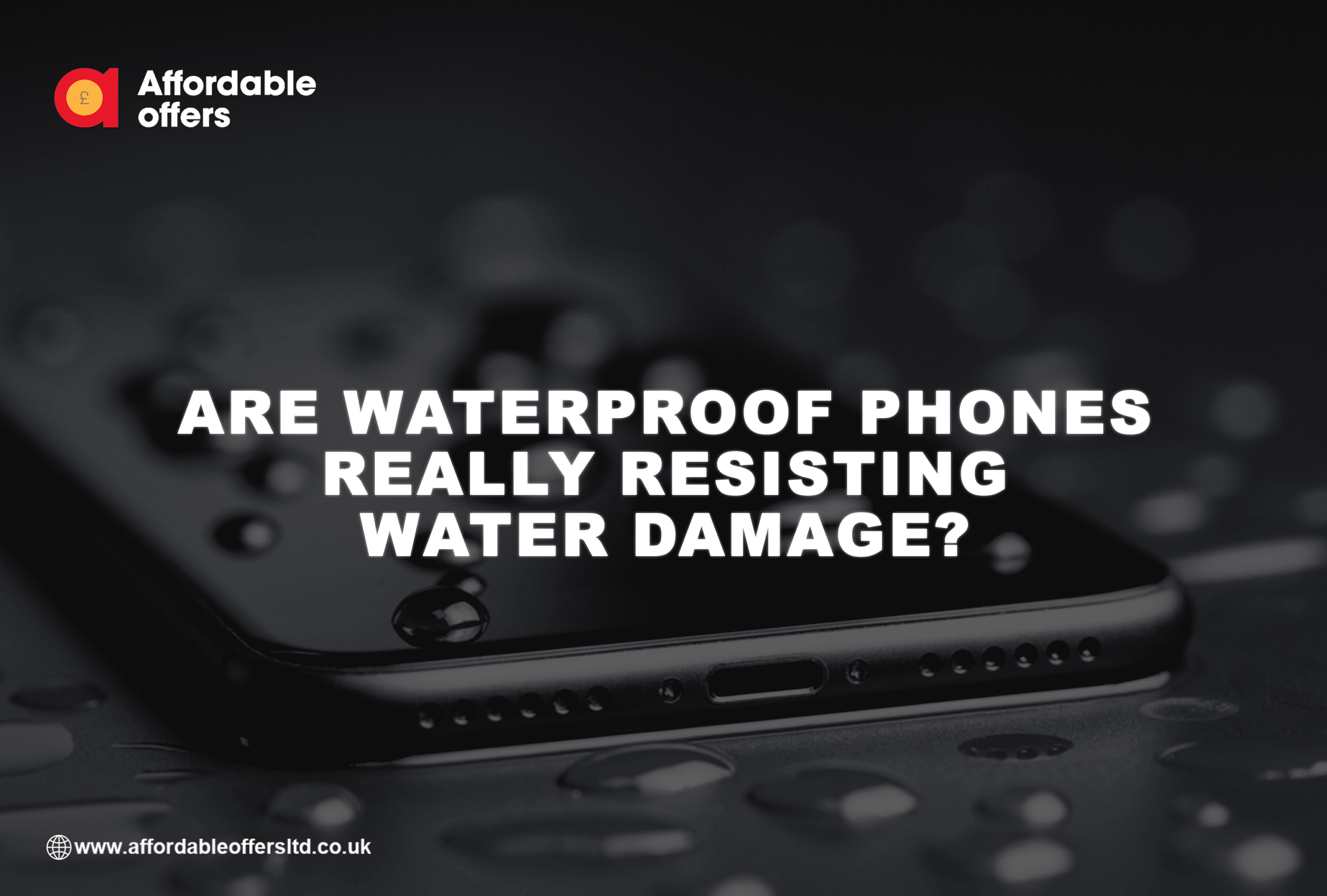
With several of the most recent smartphone models boasting of being waterproof or water-resistant, waterproof phones have grown in popularity in recent years. The question of whether waterproof phones are actually as resistant to water damage as they claim to be continues! This feature may sound like a fantastic selling point for folks who enjoy outdoor sports or who frequently drop their phones in water.
It is crucial to first comprehend the distinction between waterproof and water-resistant. A phone that bears the term “waterproof” is made to endure submersion in water for a specific amount of time, typically up to a specific depth, without sustaining any internal component damage. A phone that is water-resistant, on the other hand, is made to endure some water exposure, such as getting splashed or caught in the rain, but not necessarily being completely submerged.
There are many waterproof ratings for phones that show how well they can survive water at various depths. The Ingress Protection (IP) rating, which consists of two integers, is the most popular rating. The first number represents the degree of defence against solid things, and the second represents the degree of defence against liquids. For example, a phone with an IP68 classification is dust-tight and can be submerged in water for up to 30 minutes at a depth of 1.5 metres.
Even when a phone has a waterproof rating, water damage is still a possibility. For example, the internal components of the phone may be harmed if it is dropped in saltwater, which is more corrosive than freshwater. Additionally, water damage may result from a damaged waterproof barrier on the phone. It’s vital to read the fine print before thinking that a damaged phone will be replaced or fixed for free because not all water damage is covered by the phone’s warranty.
To ensure that their products can endure exposure to water, waterproof phone manufacturers put their products through a number of tests. These tests entail immersing the phone in water for a predetermined period of time, putting it through high-pressure water jets, and checking its water resistance from various angles. It is important to keep in mind that these studies are carried out in controlled settings and might not precisely represent real-world events.
A waterproof phone might not function as effectively in actual situations as it did in testing. For example, if the phone falls into a river or waterfall with significant water pressure, it may not be able to withstand the force and could sustain water damage. The phone may potentially sustain water damage if it is submerged for a lengthier time than recommended.
There are a few ways to prevent water damage to a waterproof phone, whether you already own one or plan to get one. In order to stop water from penetrating the phone…
First, always close the ports and covers securely.
Second, avoid leaving the phone submerged in water over extended periods of time.
Third, to avoid further damage if the phone does get wet, immediately switch it off and remove the battery (if possible).
Fourth, completely dry the phone before turning it back on. As a final precaution, think about getting a waterproof case.
Overall, although waterproof phones are made to tolerate moderate water exposure, they might not function as well as claimed in actual use. It’s critical to comprehend the distinction between waterproof and water-resistant materials, the various waterproof ratings, and the exclusions from water damage warranties. You can assist safeguard by exercising appropriate caution and adhering to the manufacturer’s instructions.
